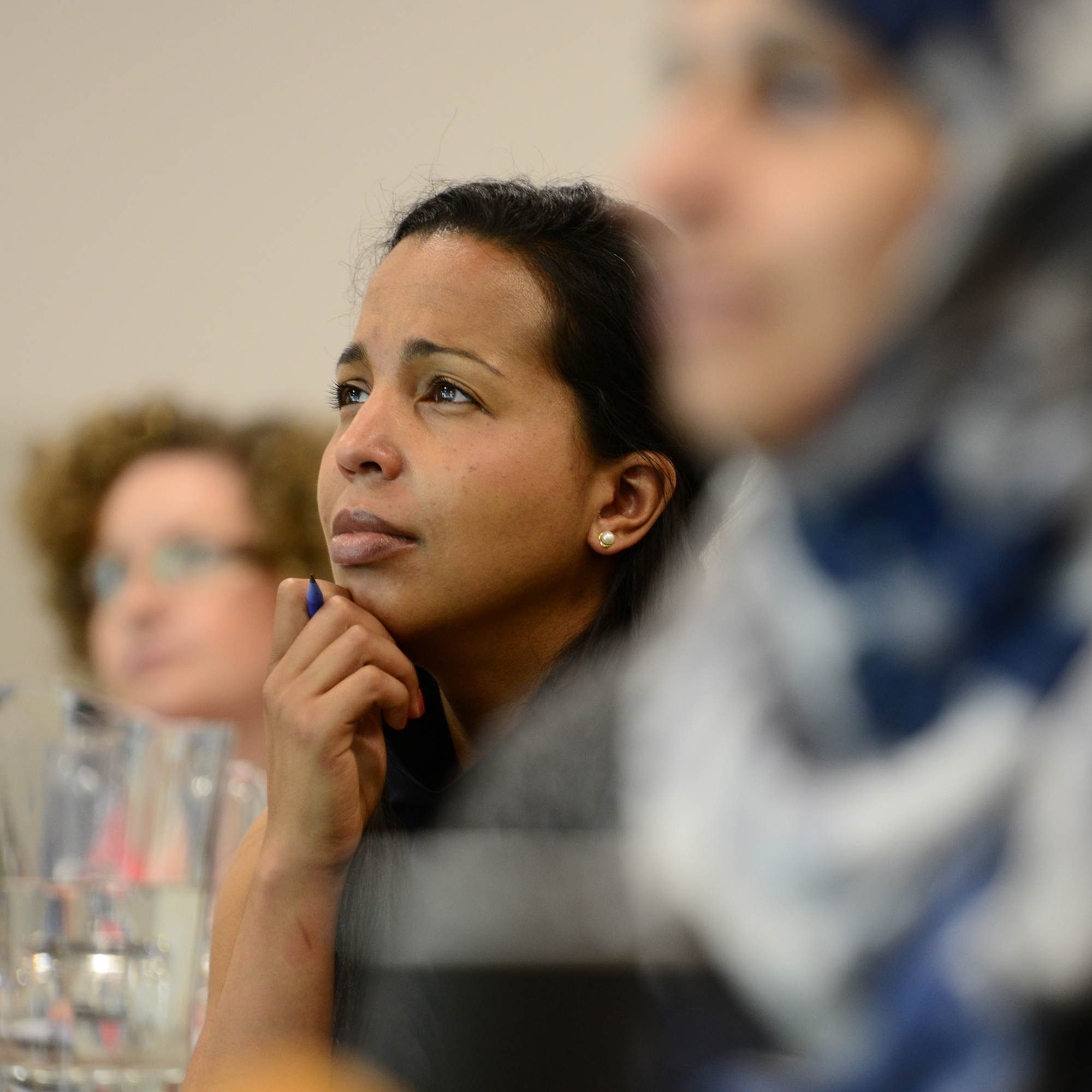As early years educators we are very aware that more children have increasing and wide-ranging needs in the classroom. Often these are not yet diagnosed, and you may be the first setting a child has ever attended, but we have a duty of care to the children to ensure that we are supporting every child in the best possible way. With this in mind, Louise Herbert, Early Excellence Associate SEND Specialist, explores 5 key considerations we can make to ensure that our EYFS learning environment is inclusive for all children.
1. Early Identification of Needs
This is absolutely crucial. All staff having a sound knowledge of child development and key milestones is a must so that you know when a child is not following a typical pattern of development. Documents such as Development Matters or Birth to Five Matters are there to help you with understanding typicality within development, which will be helpful in understanding when a child is not following a typical pattern. The EYFS Statutory Framework states that any concerns you have MUST be communicated with parents and/or carers at the earliest opportunity and that practitioners should be working in close partnership with them throughout their time at the school or setting.
2. The Learning Environment
We all know the importance of high quality learning environments in the early years classroom, but how can you make sure that your environment is as inclusive as possible? Early years classrooms should be set up with clear areas for continuous provision. Areas should be clearly defined, labelled with photos and symbols and leave plenty of space to move around. All indoor and outdoor spaces should have a calm area for children to go to if they are feeling dysregulated. It is important to set expectations early in the school year so that all children know and understand the purpose of the quiet spaces. Children need to know what is happening in their day in the same way that we as adults do (I’m lost without my outlook calendar!). As a bare minimum, all schools and settings should have a daily timetable clearly displayed, and more importantly used as a tool throughout the day to inform the children about what is scheduled.
3. Use of Adults
If you have children with significant SEND needs, it can be really tempting to have an adult ‘velcroed’ to them, and more often than not it is the same adult with the same child. Working with children with complex needs is hard work. Consider rotating staff in your class so that all staff work with all children. This will also enable the children to get used to working with a variety of personalities, which is a key skill in life. It’s also really important to remember that supporting children with SEND is everybody’s responsibility.
4. Staff CPD
There is no denying that the needs of children in the classroom have changed significantly in the past few years. Are your staff trained to meet the SEND demands of the current early years cohort? Conducting a staff questionnaire is a really simple way of finding out which needs your staff are most confident in dealing with and what they would like more support with. Supervision sessions should also be used as a tool to further these conversations. Don’t be afraid to reach out to external agencies so that you can get specialist support in the field you most need it in. If cost is a barrier, reach out to a nearby school or setting to see if they need similar CPD – the likelihood is that they do!
5. Working with Parents and Carers
A well-thought-out transition plan is key in supporting children with SEND and there does not need to be a one-size-fits-all approach. Children with additional needs will likely need a different transition plan with extra sessions and this can also be a key element in fostering a good relationship with parents and carers. Make sure that any staff having difficult conversations with parents and carers about their children’s needs are confident in this. Remember that for parents and carers, finding out that their child isn’t developing typically is a process of grief and may take a long time to accept. Be supportive, listen and empathise.
In conclusion, creating an inclusive Early Years classroom requires thoughtful consideration and proactive strategies to meet the diverse needs of all children. By prioritising these 5 key considerations, educators can foster a supportive and enriching learning atmosphere that enables every child to thrive. Remember, inclusivity benefits not just individual children, but enriches the entire classroom community.
Thank you to Louise Herbert, Associate SEND Consultant, for her insights in this blog.
Join Louise on our specialist Strengthening SEND Practice in the EYFS course which focuses on developing your provision, practice and curriculum in relation to SEND.
Find out more

Discover specialist tools and bespoke support to help you to reflect on your SEND practices. Develop provision and explore next step solutions to Meeting the Needs of Children with SEND in the Early Years on our dedicated SEND page.

Discuss individual needs and gain immediate support for your school or setting with a bespoke Early Years SEND Surgery with a Specialist SEND Consultant.
Contact our Senior Team for more information.

Access practical support and reflect on SEND practice in the early years, with this FREE four-part Framework Tool: Supporting Children with SEND in the Early Years designed specifically for Leaders to assist with reflection and discussion.

